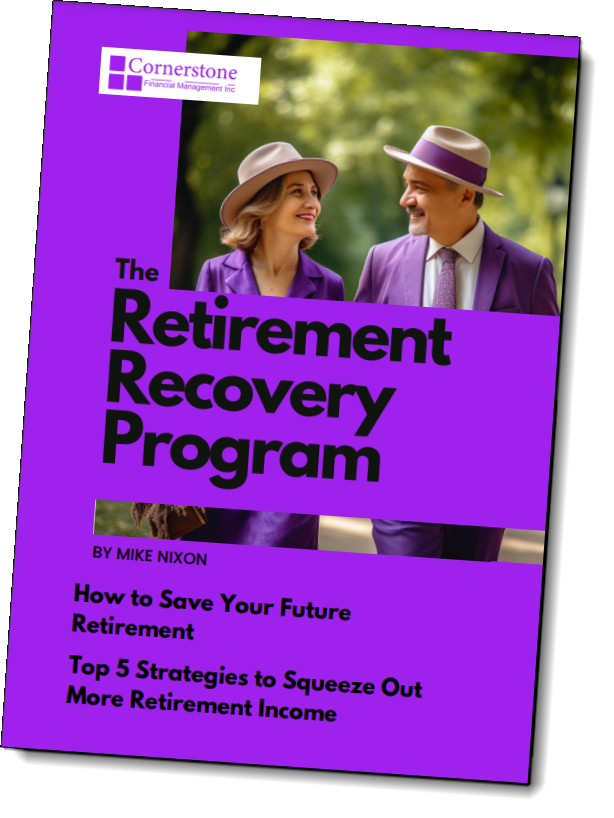What is an RESP?
RESPs are registered education savings plans 1 that grow tax-deferred until beneficiary withdraws funds for post-secondary education. Students usually pay little or no tax on those funds when withdrawn as RESP contributions are nontaxable and students are at lower income tax rate.
What are the RESP contribution limits?
Currently, RESP has a lifetime contribution limit of $50,000 per beneficiary. Each beneficiary is eligible to receive a maximum of $7,200 – as Canada Education Savings Grant (CESG). Grant amounts are not included in the lifetime RESP contribution limit.
The Canada Education Savings Grant 2 is a grant from the Government of Canada paid directly into an RESP that provides between 20 and 40 cents for every dollar saved for a child’s education, depending on your income. Only contributions to an RESP are eligible for the Canada Education Savings Grant if the beneficiary is 17 years of age or under.
That’s a major plus along with earnings that grow tax-deferred until the child is ready for post-secondary education. There is usually little or no tax on those funds when withdrawn as RESP contributions are nontaxable and students are at lower income tax rate.
For example, if a family contributes $25 to an RESP every two weeks for a total of $650 per year, their RESP would receive a minimum Canada Education Savings Grant of $130, based on 20% of their total contributions.
If the family continues to contribute this amount each year for 15 years and we assume a 5% rate of return, the child would have $4,700 for each year of a four-year university program. Almost $800 a year would come directly from the grant.
The Amount of the CESG
Minimum RESP grant is 20% of RESP contribution and maximum of $5,000 – contribution during a year is eligible for grant provided beneficiary not fully utilized CES grant in the past.
The additional amount of the grant is based on your family income. The amount can change over time as your family income changes. No matter what your net family income is, the grant provides at least 20 cents for every dollar on the first $2,500 of annual RESP savings made on behalf of a child. Depending on your family income, your child could receive additional grant on RESP savings that you make after 2004 on behalf of a child. Check the CRA RESP website for the latest figures.
Your net family income is reported on your Canada Child Tax Benefit statement (commonly known as “baby bonus”, or “family allowance”) that you receive from Canada Revenue Agency each July.
In later federal budgets, the rules for RESPs were changed to make them far more attractive to parents saving for their child’s education. Some of the changes include the following:
Check the Canadian Education Saving Grant website for the latest figures about the Additional Canada Education Savings Grant.
Financial institutions offering RESPs are not required to include all of the changes proposed by the government. This means that RESP plans from different financial institutions may have different features, exclusions and limitations. Carefully review the different plans you are considering, and choose the one that meets your requirements.
What are the two types of RESPs available?
Scholarship Trust RESPs put your contributions into a pool with other contributors and invest it for you.
Why is investing in an RESP better than saving outside an RESP?
Saving inside an RESP with the Canada Education Savings Grant can create an education fund worth 40% more than saving outside an RESP.
A family saving outside an RESP could see their savings of $25 every two weeks over a 15-year period amount to $13,304 after tax, assuming a 5% market rate of return. That same contribution, growing tax-free in an RESP, without a Canada Education Savings Grant, would total $15,666.
When the Canada Education Savings Grant is added to the RESP contributions each year, the total for those same contributions reaches $18,790. (Based on 20% of the total contributions.)


Read the
Retirement Recovery Program
Top 5 Strategies to Squeeze Out More Retirement Income
Many people will offer you advice on which investments…
For most Canadians, retirement is a major financial goal that…
Many people assume that estate planning is only for the…
Investment tax planning is not just about writing the…
Careful portfolio analysis is necessary to ensure that…
Proper analysis is vital to ensure that you aren’t paying too…



Aligned Capital Partners Inc. is a member of the Canadian Investor Protection Fund (www.CIPF.ca) and Canadian Investment Regulatory Organization (www.CIRO.ca). All non-securities related business conducted by Cornerstone Financial Management Inc. is not covered by the Canadian Investor Protection Fund (CIPF). Non-securities related business includes, without limitation, advising in or selling any type of insurance product, mortgage service, and/or tax return preparation service. Accordingly, ACPI is not liable and/or responsible for any non-securities related business conducted by Cornerstone Financial Management Inc., and all such non-securities related business is the responsibility of Cornerstone Financial Management Inc. alone.
Contact Us
Call us
519-204-2495
Email – General Inquiries
info@cornerstonefm.ca
Office – By Appointment
380 Wellington St.
Tower B, 6th Floor
London ON N6A 5B5
Connect With Us
LinkedIn
Click to Follow